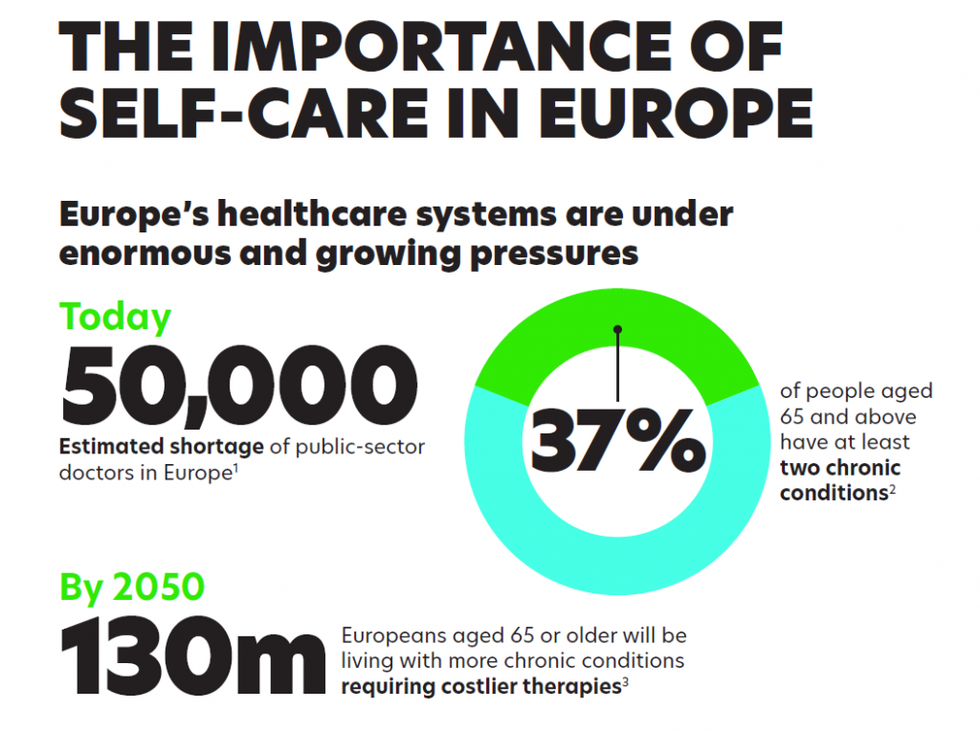Jon Higham explains why community pharmacies will have to continue evolving despite their crucial role in the UK’s Covid-19 vaccination programme…
With hundreds of community pharmacies earmarked to deliver the Covid-19 vaccination, it is clear to see high street pharmacies still play an integral role in delivering crucial health services in the UK.
Having said this, with an increasing number of services being moved online across all industries, there is little doubt that the offerings community pharmacies provide will continue to evolve in the future as a means of surviving the change.
In a bid to understand the existing picture of pharmacies in the UK and explore how the prevalence and availability of services is changing, online pharmacy, Medicine Direct compiled a report using data published by NHS Digital. The report analysed pharmacy data for 16,794 pharmacies in England, Scotland and Northern Ireland over the last three years.
One of the standout findings of the report was that based on the rate of closures and new openings of pharmacies in the last two years, England has suffered a net loss of 310 pharmacies per year.
This averages out at a rate of 26 closures a month. ‘Clustering’, as the government called it, is partially to blame for this closure rate. This is the term used by the government for where several pharmacies all exist in close proximity to each other, and was the main factor for the government’s decision to cut pharmacy sector funding.
Whether the government decides to increase the funding in this sector or not, we will not know until 2024.
The findings show that four out of the five worst areas were dominated by cities in the south of England when we analysed the number of pharmacies compared to the local population. The southern city which statistically faces the biggest shortage of community pharmacies is Salisbury in Wiltshire. To serve a population of 232,282 people, Salisbury has just 39 community pharmacies. This means that each pharmacy is required to serve 5,956 people.
Hereford took second-to-last place as the city with the lowest ratio of pharmacies to population. With a population of 176,308 people, the city has a mere 32 community pharmacies, which means that each pharmacy is required to serve an average of 5,510 people.
Reading is third on the list of the places with the worst access to a community pharmacy. This area of Berkshire has only 150 pharmacies to serve a population of 778,419. As a result, this works out at an average of 5,189 people per pharmacy.
In contrast, the research found four of the top five areas in the UK with the best access to community pharmacies were located in London with one entry from Scotland. It may not be surprising to learn that London is the best-equipped area in the UK for pharmacy access.
The EC postcode district of Central London has 30 pharmacies to serve a population of just 33,956. This means that each pharmacy is able to serve an average of only 1,132 people, which is almost six times lower than the number of people-per-pharmacy in Salisbury.
The WC postcode area of Central London, with a population of 35,745, is home to 21 pharmacies, providing an average of 1,702 people per pharmacy. West London is relatively well facilitated, too. This area of the capital has 251 pharmacies for its population of 531,690, resulting in an average of 2,118 people per pharmacy.
Residents of Watford also have relatively good access to a community pharmacy, with 108 pharmacies located across a borough that has a 256,476 population.
Although extremely remote in comparison to the rest of the best and worst equipped towns and cities in the UK, the citizens of Lerwick were found to have good access to a community pharmacy.
This town, located in the Shetland Islands, boasts 12 pharmacies to serve the relatively small population of 23,086. This means an average of 1,924 people visiting each pharmacy.
Equally remote, the Outer Hebrides also ranks high on the list of well facilitated places. This island has a population of 27,663 and 11 pharmacies. This equates to 2,515 people per pharmacy.
The analysis of the data collected from NHS Digital has revealed that England had a total of 14,936 pharmacies still in existence in November 2020. If the current rate of decline continues, in 25 years there will be less than half of the number of pharmacies currently open. By January 2069, the last remaining community pharmacies would close their doors.
The coronavirus crisis has certainly gone a long way towards potentially skewing these figures, with the need for community pharmacies being considerably higher as the vaccine is rolled out. The pandemic has doubtlessly highlighted the need for physical community pharmacies in times of crisis.
However, this raises the new question of how will existing community pharmacies, particularly those in areas with a low pharmacy-population ratio, cope with the influx of patients? The vaccine requires two doses per adult, which could well mean a significant delay in regular patients receiving their medication and getting their usual checkups.
Community pharmacies should offer their patients the choice of a face-to-face or online service. A lack of access to medication has meant that many people, who would never have otherwise considered buying medicine online, resorted to online pharmacies for the first time. This trend is growing all the time, with online pharmacies continuing to see a large rise in sales.
With more pharmacies closing, it is inevitable that an increased number of people will also turn to online pharmacies for consultations and prescriptions. It is essential that community pharmacies offer the best of both worlds, a physical pharmacy location that patients can visit for face-to-face human interaction, and an online presence that can provide them with exactly the same service without needing to leave the house.
While the coronavirus has highlighted the importance of community pharmacies for people to be vaccinated efficiently, it has also highlighted the ease of use an online pharmacy can provide to a consumer.
This has converted a lot of people and made them choose online pharmacies as their go-to place over the physical one they used to visit. The convenience provided by online pharmacies is something that the physical pharmacies will struggle to compete with, particularly in areas where it may be difficult to be seen due to a low amount of physical premises to serve a large population.
That being said, there will always be people who would far prefer to speak to a medical professional in person rather than online.
Jon Higham is managing director of Medicine Direct.
















 Graphics courtesy: PAGB
Graphics courtesy: PAGB